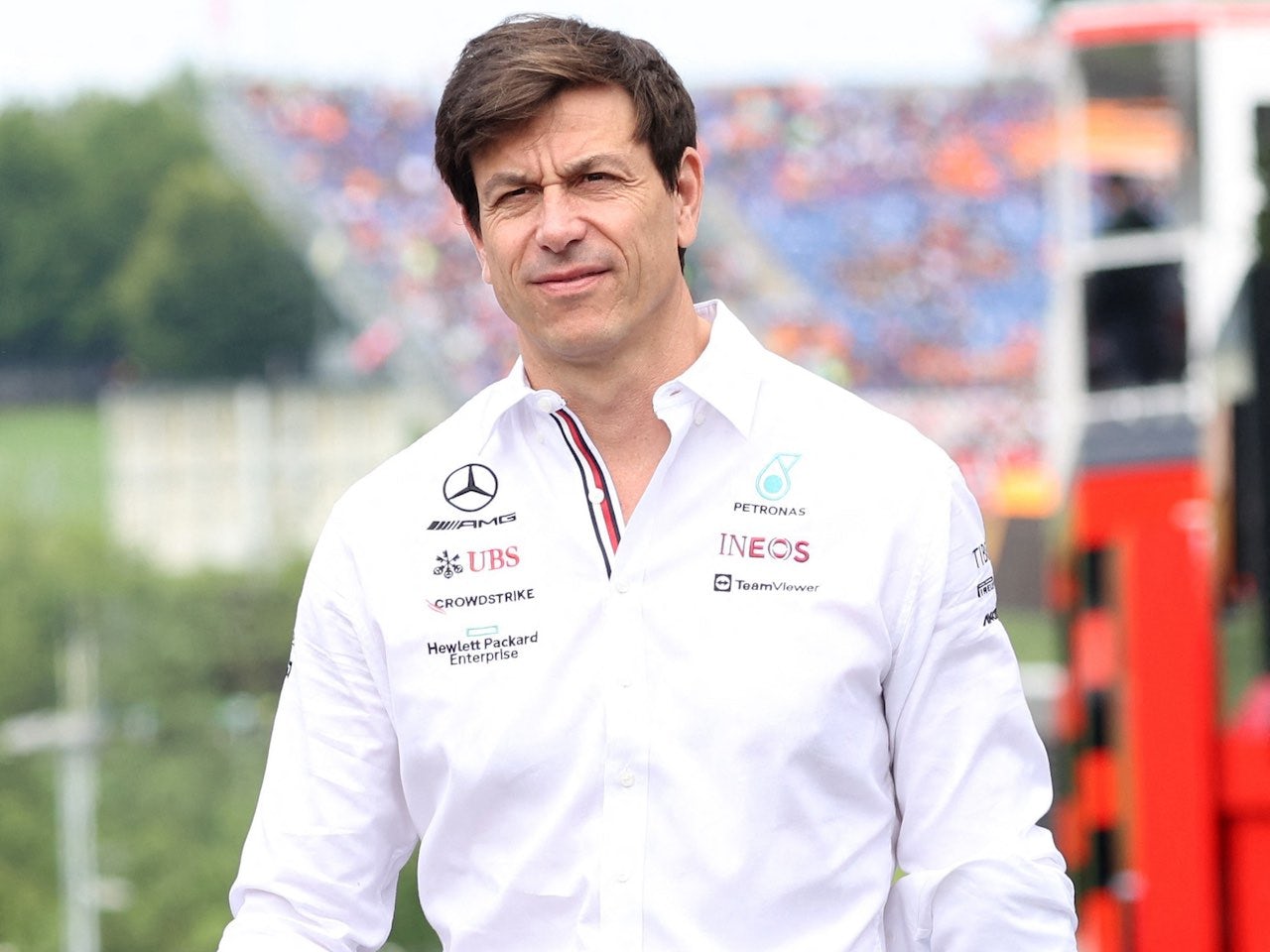The basic concept of Mercedes' Formula 1 car will undergo a fundamental change for 2023, team boss Toto Wolff has admitted.
For the first year of the sweeping new ground effect aerodynamic rules, the former champions emerged with a visibly dramatic 'no sidepods' car philosophy.
However, it clearly trailed Red Bull and Ferrari throughout the season, and despite one final upgrade package unveiled in Austin, the performance deficit was still evident.
"Under DRS, they're like 35kmh faster than us," said Lewis Hamilton, referring to new back-to-back world champion Max Verstappen's Red Bull.
"Even without DRS, I think they're still something like 8k up on us, so we've got a lot of time being lost on the straight, probably four tenths at least a lap.
"So we've got some improvements to make for next year's car."
Team boss Toto Wolff says those improvements will be significant, even though it is not yet clear if the 'no sidepods' concept will be scrapped.
"The DNA of the car is going to change for next year, that's clear," he said in Austin.
"It doesn't necessarily mean that our bodywork is going to look very different. But certainly what is part of the DNA of the car, the architecture of the car, will change for next year."
Ongoing car development next year may also be critical for Mercedes' recovery, with Wolff explaining the way the rules are designed to prevent dominance by one team.
"All of the first half of 2022, we had 7 percent less wind tunnel time than the 18 months before of Red Bull, and much less than Ferrari. Now it swings the other way around," he said.
"Compared to Red Bull, we're going to have 14 percent more if we finish third, so that over time is exactly what the regulations were designed for - to give us the potential to eke the advantage out, to claw it back."
Also critical could be Red Bull's FIA penalty for the 2021 budget cap overspend, with many insiders predicting a big fine and a 25 percent drop in wind tunnel time.







